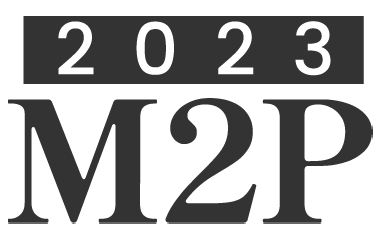
Heterogeneous Asynchronous Time Integrator and mortar approach in nonlinear dynamics: Co-simulation for concrete gravity dams under earthquake loading and IGA-PML
Please login to view abstract download link
The general aim of this research is to take full advantage of specialized simulation codes by setting up co-simulation strategies for structural dynamics and wave propagation problems. The co-simulation strategies allows to tackle the complex coupled problem by discretizing in space and in time, in a completely independent way, the different subdomains. Among a large variety of potential applications, the first part of this research focuses on the study of the nonlinear dynamic response of a three-dimensional concrete gravity dam under earthquake loading by coupling a Spectral Element (SE) code for the soil with a Finite Element (FE) code for the structure. Indeed, the open source EFISPEC3D is developed by BRGM to predict seismograms in complex 3D geological environments. It is based on the spectral element method (SE), known to be an efficient tool for propagating elastic waves within earth media with a low computational cost. On the other hand, the structure subdomain is handled with the FE code Akantu (Computational Solid Mechanics Laboratory, lsms.epfl.ch), because, in comparison to the SEM, the FEM is more suitable for modeling complex geometry like buildings or subsurface soils meshed with small elements and presence of nonlinearities. The coupled problem is dealt thanks to a coupling approach based on a dual domain decomposition method in linear and nonlinear transient dynamics with non-overlapping subdomains. The subdomains may present non-conforming meshes at their interface and can be integrated in time with different time integration schemes and time step sizes, using the HATI framework (Heterogeneous Asynchronous Time Integrator). The second part of this research concerns the discretization of the Perfectly Matched Layer (PML) using Isogeometric Analysis (IGA), for two-dimensional time-domain elastodynamics in unbounded media. In wave propagation problems, Perfectly Matched Layer is recognized as a very efficient tool for modeling unbounded domains. The displacement-based unsplit-field PML formulation is first discretized in space using B-spline basis functions of increasing order p, from 2 to 10, able to deal with the strong solution gradients in the thickness of the PML thanks to the high order continuity provided by the B-spline basis functions. The coupling between non-conforming IGA-patches for the PML subdomains and the physical domain is carried out using a mortar method.


